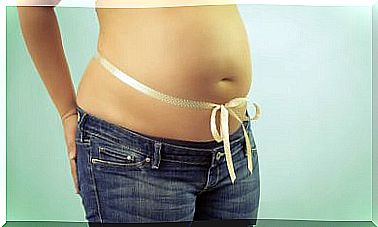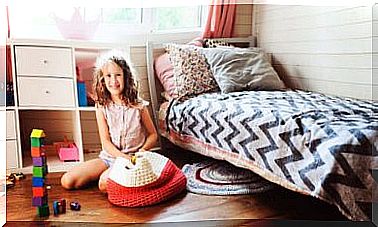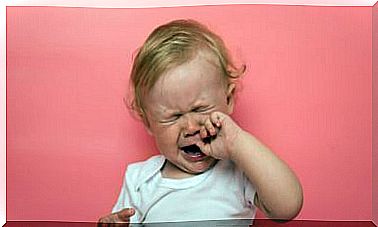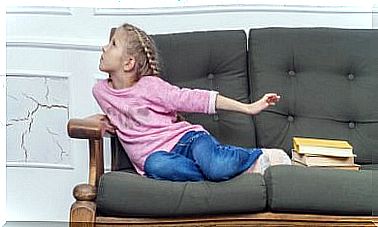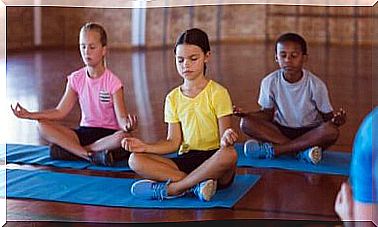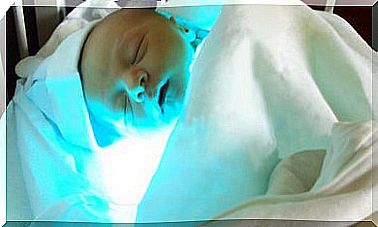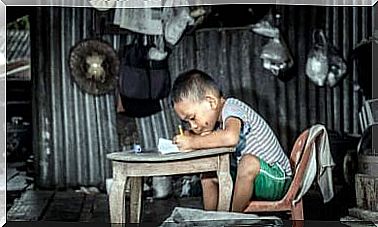5 Orthopedic Problems In Children
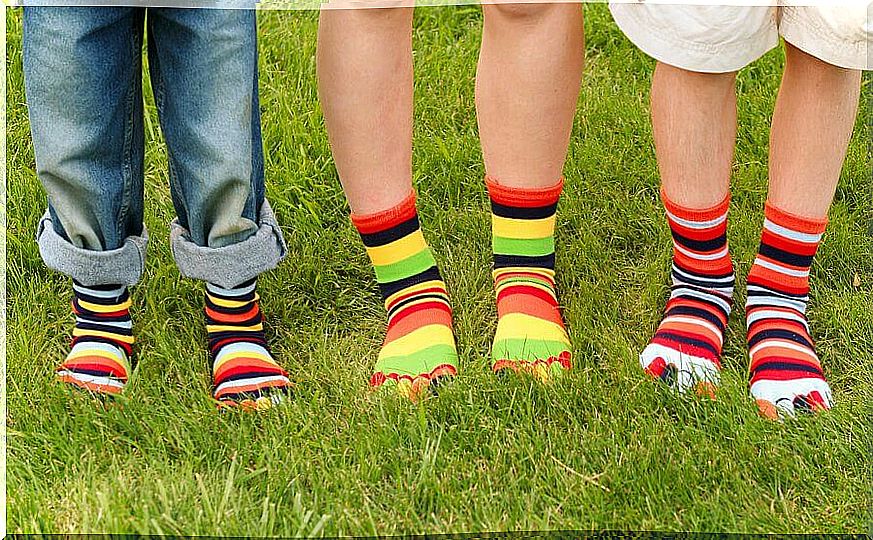
Orthopedic problems are related to deformations that can occur in the human body. They can appear from childhood and it is possible to treat them with the help of specific devices and techniques. Below we provide the details of the five most common orthopedic problems in children.
Although there are certain references that determine the expected growth in childhood, the truth is that generally this process does not fully follow expectations. During the growth process, there may be certain circumstances that require special care , even though they are not serious for your health.
In this category we can include some respiratory conditions, allergies, problems with eyes or hearing, to name just a few cases. Likewise, we cannot forget orthopedic problems in children, which tend to occur quite frequently.
5 orthopedic problems in children
Next, we’ll talk about five malformations that can be congenital or not. In addition, we’ll give you a brief overview of common treatments for each specific problem.
1. Flat foot
Everyone has a flat foot when they are born. However, over time, the sole of the foot acquires an arched shape on the inside, which is considered normal.
One of the most common orthopedic problems in children is precisely when this curvature does not occur. The first symptom this condition presents is weakness in the ankles, which move inward when walking.
If this problem causes pain to the child, a specialist can recommend the use of orthopedic insoles or some special support for the shoe. After all, flat feet are not a serious problem. In fact, it is not an impediment to any activity, including sports.
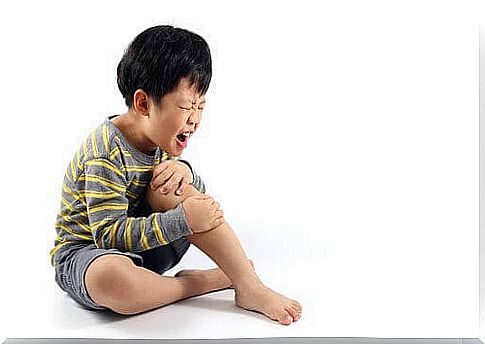
2. Arched legs
It is a disorder known as Genu Varo . The child is characterized by having a deviation in the knees, which causes them to separate and point outwards.
This condition can be inherited and often occurs in babies. In fact, it tends to correct itself naturally over time.
As long as it’s not a more serious condition like rickets or Blount’s disease, this disorder usually doesn’t require treatment. A sign of this condition can be pain in the shinbone and knee joints.
3. Legs in X
Also known as Genu Valgo , this problem is the opposite of the previous one. In this case, the knees meet in the center while the thighs and legs are deviated.
Unlike Genu Varo , it usually occurs in children between 3 and 6 years of age. During this period, the legs undergo changes that also affect their alignment.
In both cases, the main aspect that must be taken into account is not the aesthetic, but the functional. If the curvature does not produce pain or affect the child’s activities, treatment is not necessary.
4. Cave foot
The flat foot is just the opposite of the flat foot. In children with cavities, the arch of the feet is very high. Although some shoes are uncomfortable, this type of malformation does not usually present major complications.
As in the previous cases, the presence of pain is an indicator that the situation really needs medical attention. Likewise, it is necessary to observe whether the child can walk normally or has a very prominent deformity.
5. Walk on tiptoe
When you learn to walk, most children walk on tiptoe. However, this behavior should disappear when the child turns 3 years old.
If this doesn’t happen, it could be due to muscle weakness or other more complex conditions, such as those related to the brain or nervous system. In that case, an immediate consultation with a doctor is necessary to rule out these complications and correct the problem.
How to identify orthopedic problems in children?
To recognize if a child has a problem with the body structure, parents must sharpen their observation. Professionals say that it is normal for children to have some curvature in their legs in the first 18 months of life.
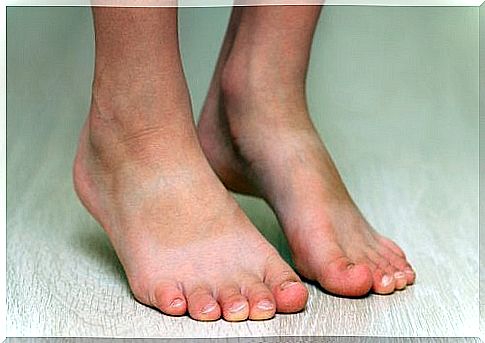
Keep in mind that the period when a child learns to walk is a great strain on his developing lower body.
By age 2, she may have straight knees, and a year later, the knees may show together when the child is standing. Thus, the child’s characteristics gradually adjust during the growth process.
If parents notice any abnormality, they can always look for the doctor to make a better assessment. Likewise, it is necessary to seek medical assistance if the child is in pain. Physical examination and other tests, such as radiography, will be essential for proper diagnosis.
